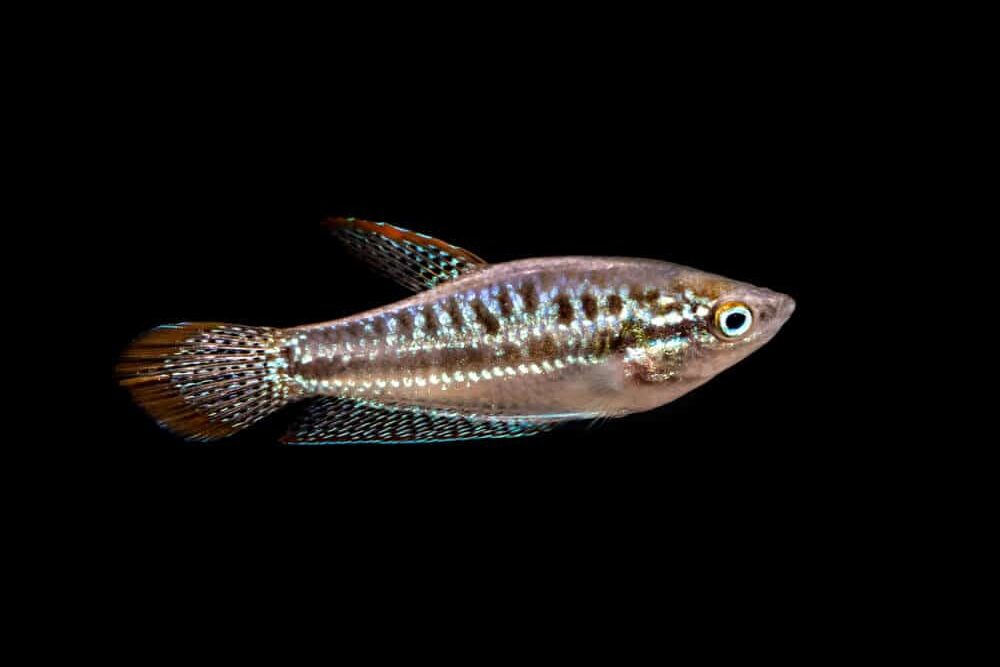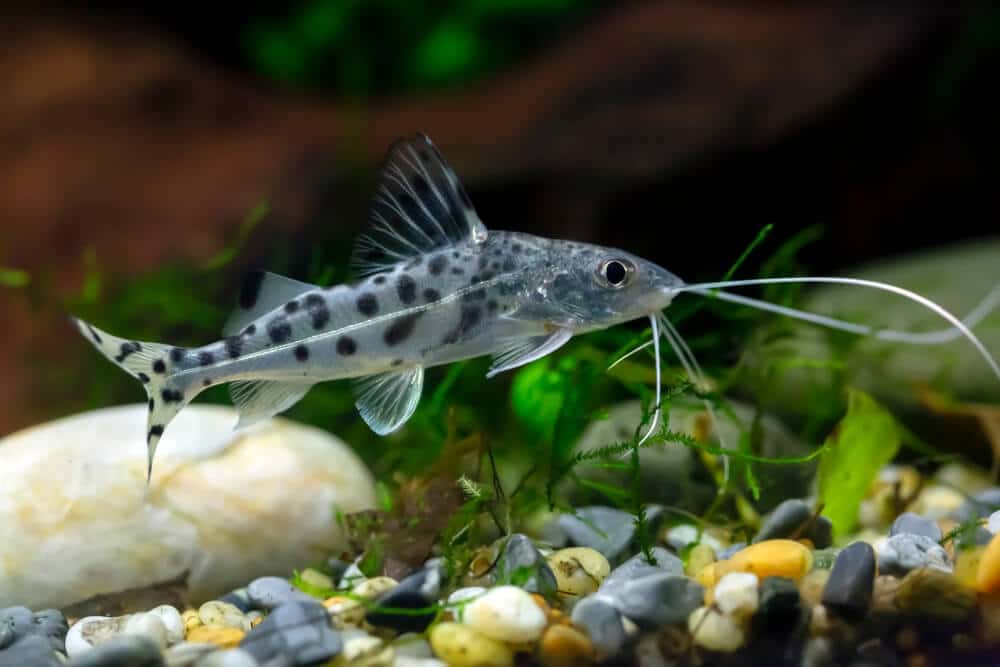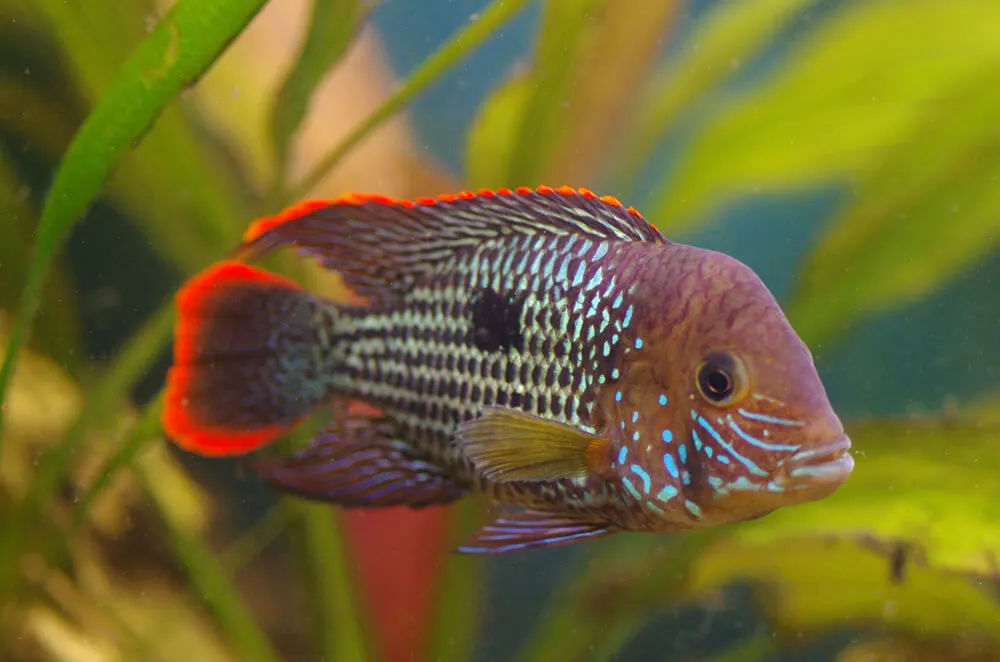What Do Neon Tetras Eat: A Comprehensive Guide to Their Diet
Are you a proud owner of neon tetras and find yourself wondering, “what do neon tetras eat?” Look no further, as this comprehensive guide will provide you with all the information you need to ensure a well-balanced diet for your vibrant fish. From their natural habitat and foraging behaviors to the various types of food options available in captivity, we will explore it all.
Discover the nutritional requirements, feeding frequency, and even special considerations for neon tetra fry and breeding. Avoid common mistakes in feeding and learn how to observe their feeding behavior to assess their overall health.
By the end of this article, you will have the key takeaways to keep your neon tetras happy and healthy through proper nutrition.
Natural Diet of Neon Tetras
Neon tetras are native to the clear freshwater streams and rivers of South America, specifically the Amazon basin. In their natural habitat, these small and vibrant fish are accustomed to a diet that consists of various food sources.
In the wild, neon tetras primarily feed on tiny invertebrates such as insects, worms, and crustaceans. They also indulge in aquatic plants, algae, and organic debris that provide essential nutrients for their well-being. This diverse diet is a result of the abundant sources available within their native environment.
Foraging for food in their natural environment is an essential aspect of neon tetras’ behavior. They explore the densely vegetated areas of their habitat, darting in and out of the plants to scavenge for food. Neon tetras possess a keen instinct to search for live prey and other sources of sustenance, carefully selecting their meals to meet their nutritional needs.
Captive Diet for Neon Tetras
When keeping neon tetras in captive environments such as home aquariums, replicating their natural diet becomes crucial for their overall health and vitality. Thankfully, there are various commercial fish foods available in the market specifically designed to meet the dietary requirements of neon tetras.
Flakes, pellets, and granules are the most common types of commercial fish foods that can be fed to neon tetras. These products are formulated to contain a balanced mix of proteins, fats, vitamins, and minerals necessary for the optimal growth and development of the fish.
Freeze-dried foods, such as bloodworms, daphnia, and brine shrimp, are also suitable options for supplementing the diet of neon tetras. These freeze-dried foods retain much of their nutritional value and offer a texture that mimics live prey, making them enticing to the fish.
Live and frozen foods can also be included in the diet of neon tetras. Options such as live brine shrimp, micro worms, and blackworms can provide a source of live prey simulation that closely resembles the natural feeding behavior of these fish.
When considering the nutritional requirements of neon tetras, it is essential to keep in mind their specific needs. Neon tetras have a higher protein requirement compared to other fish species. Their diet should contain a protein content of around 40%, as protein is crucial for growth and energy production.
Fat content is another aspect to consider when selecting food for neon tetras. A moderate fat content of around 8-10% is suitable for their diet, ensuring a healthy balance while meeting their energy needs.
Vitamins and minerals are essential for maintaining the overall health and well-being of neon tetras. Look for fish foods that are enriched with essential vitamins such as A, D, E, and C, as well as minerals like calcium, phosphorus, and iron.
Fiber is often an overlooked component of fish diets, but it is necessary for a healthy digestive system. Ensure that the selected fish foods contain a moderate amount of fiber to promote proper digestion and prevent constipation.
When selecting the right food for neon tetras, considerations regarding the size of the food are important. The food should be small enough for the tetras to consume easily, as their tiny mouths are not capable of handling larger pieces. It is best to choose food that is specifically designed for small community fish.
In addition to the physical characteristics of the food, it is crucial to examine the ingredients and nutritional information. Opt for fish foods with high-quality ingredients and minimal additives. Reading the labels and understanding the nutritional profile of the food will help you make informed choices about what is best for your neon tetras.
Some neon tetras may have special dietary needs due to certain health conditions or specific breeding requirements. In such cases, it is always a good idea to consult with a veterinarian or an experienced fish breeder for personalized advice and recommendations.
Feeding Frequency
Establishing a proper feeding schedule is essential for the well-being of neon tetras. As a general guideline, feed adult neon tetras one to two times a day, offering only as much food as they can consume within a few minutes. Pay attention to their behavior during feeding time to gauge the appropriate amount of food required.
It is crucial not to overfeed neon tetras, as this can lead to various health issues. Overfeeding can result in bloating, constipation, and poor water quality due to excess food particles. It can also contribute to the accumulation of waste and decrease the overall water cleanliness in the aquarium.
On the other hand, underfeeding neon tetras can lead to malnutrition and stunted growth. Signs of underfeeding may include a decrease in activity levels, loss of color vibrancy, and a general decline in overall health. It is essential to strike the right balance and provide adequate nutrition without overindulging the fish.
By establishing a regular feeding schedule, neon tetras will become accustomed to the routine, making it easier to observe their behavior and ensure that all individuals within the school have an equal opportunity to obtain their share of food.
Feeding Behavior of Neon Tetras
Neon tetras are social fish that exhibit group feeding behavior in their natural habitat. This behavior continues even in captive environments, as they have a natural tendency to swim and feed together in schools. However, competition for food within the school can sometimes occur.
To ensure that all neon tetras get their fair share of food, it is important to take several measures. Firstly, it is advisable to spread the food across the surface of the water or near the middle and bottom of the tank to encourage equal distribution. This prevents dominant individuals from monopolizing the food source, allowing every fish in the school to access the sustenance they need.
Observing feeding behavior is also an essential practice to assess the health of neon tetras. During feeding time, pay attention to any fish that consistently avoids the group or exhibits difficulty in swallowing or consuming food. These could be signs of underlying health issues that require further attention or intervention.
Special Considerations
Feeding neon tetra fry requires special attention and consideration. When the fry hatch, they are initially too small to consume regular fish foods. Offer them specialized fry food that is formulated to meet their nutritional needs, such as finely crushed flakes or powdered fry food. Gradually transition them to larger food particles as they grow.
Breeding neon tetras may also require adjustments to their diet. Increasing the protein content in their diet during the breeding period can be beneficial for the development of healthy eggs and fry. Consult with experienced breeders or specialists for specific recommendations tailored to your breeding setup.
Dealing with picky eaters can be a challenge when it comes to feeding neon tetras. Some individuals may show a preference for certain types of food, while ignoring others. It may take some trial and error to find the right balance and variety that encourages them to consume a diverse diet. Consider rotating between different types of foods and observing their response to determine their preferences.
Common Mistakes in Neon Tetra Feeding
Overfeeding is one of the most common mistakes made by fish owners, and neon tetras are no exception. It is important to resist the temptation to feed them more than necessary, as this can lead to health problems and poor water quality. Stick to a regular feeding schedule and only provide an amount of food that can be consumed within a few minutes.
Another mistake is not providing a varied diet. While neon tetras can survive on flakes alone, offering a diverse range of foods ensures that they receive a complete and balanced nutrition. Incorporate freeze-dried, live, and frozen foods into their diet to cater to their natural feeding instincts and provide essential nutrients.
Ignoring water quality is often overlooked when it comes to feeding neon tetras. Poor water conditions can negatively impact their appetite and overall health. Regular water changes and monitoring of water parameters are essential to maintain a clean and healthy environment for the fish.
Using outdated or spoiled food is a mistake that can result in sickness or even death of neon tetras. Always check the expiration dates on fish food containers and discard any food that appears spoiled or discolored. Fresh and high-quality food is crucial for the well-being of neon tetras.
Feeding live foods without precautions can introduce harmful parasites or diseases into the aquarium. While live foods can be beneficial for the diet of neon tetras, it is crucial to obtain them from reliable sources and quarantine them before introducing them to the tank. This helps prevent the spread of potential infections to the fish.
Conclusion
Proper nutrition plays a significant role in the health and vitality of neon tetras. Understanding their natural diet, replicating it in a captive environment, and paying attention to their feeding behavior are essential aspects of ensuring their well-being.
By selecting the right commercial fish foods, considering their nutritional needs, and establishing a feeding schedule, neon tetras can thrive in aquariums. Additionally, observing their feeding behavior and making adjustments for special considerations will contribute to their overall health and happiness.
Avoiding common feeding mistakes and prioritizing water quality will further enhance the well-being of neon tetras. Remember to provide a variety of foods and adapt feeding practices to suit the individual needs of these colorful and fascinating fish.
In conclusion, with a little research and care, you can ensure that your neon tetras receive the proper nutrition they need to live long and healthy lives. By implementing the information provided in this article and continuing to learn about the dietary needs of neon tetras, you will create an environment in which these magnificent fish can thrive.






